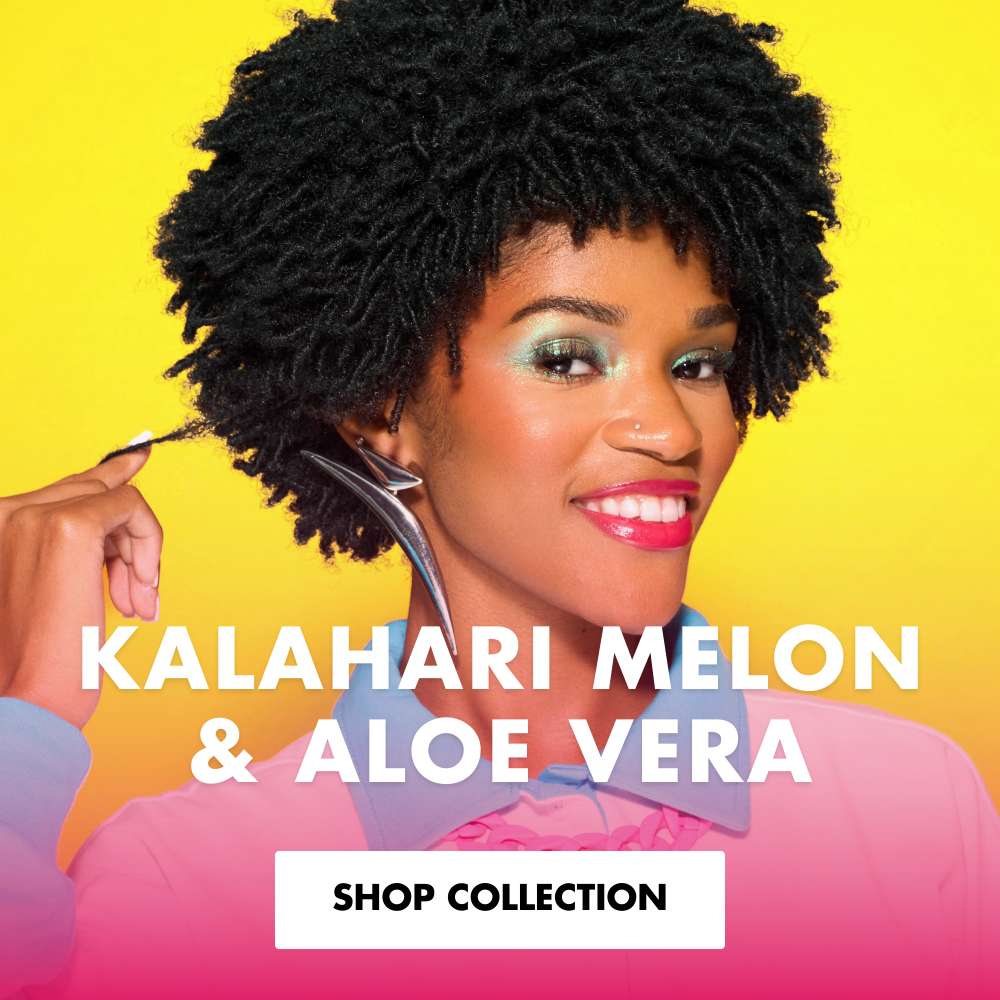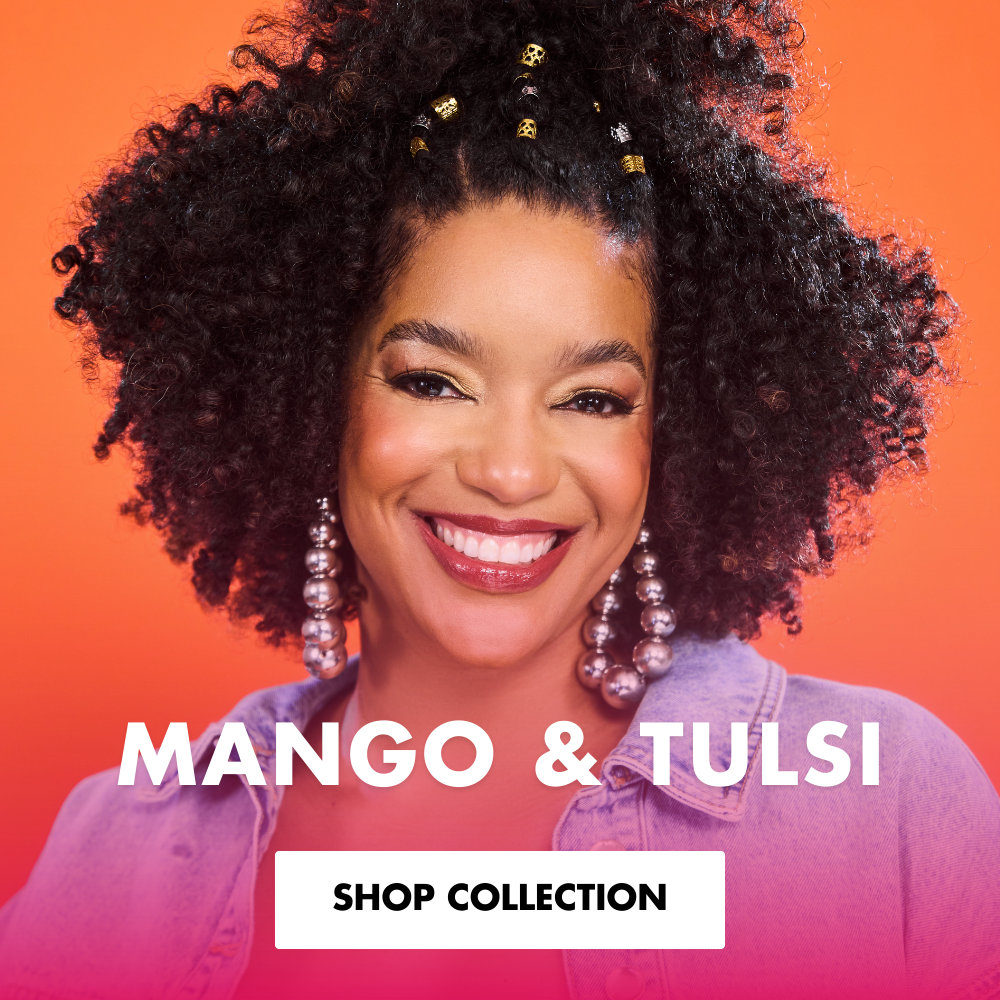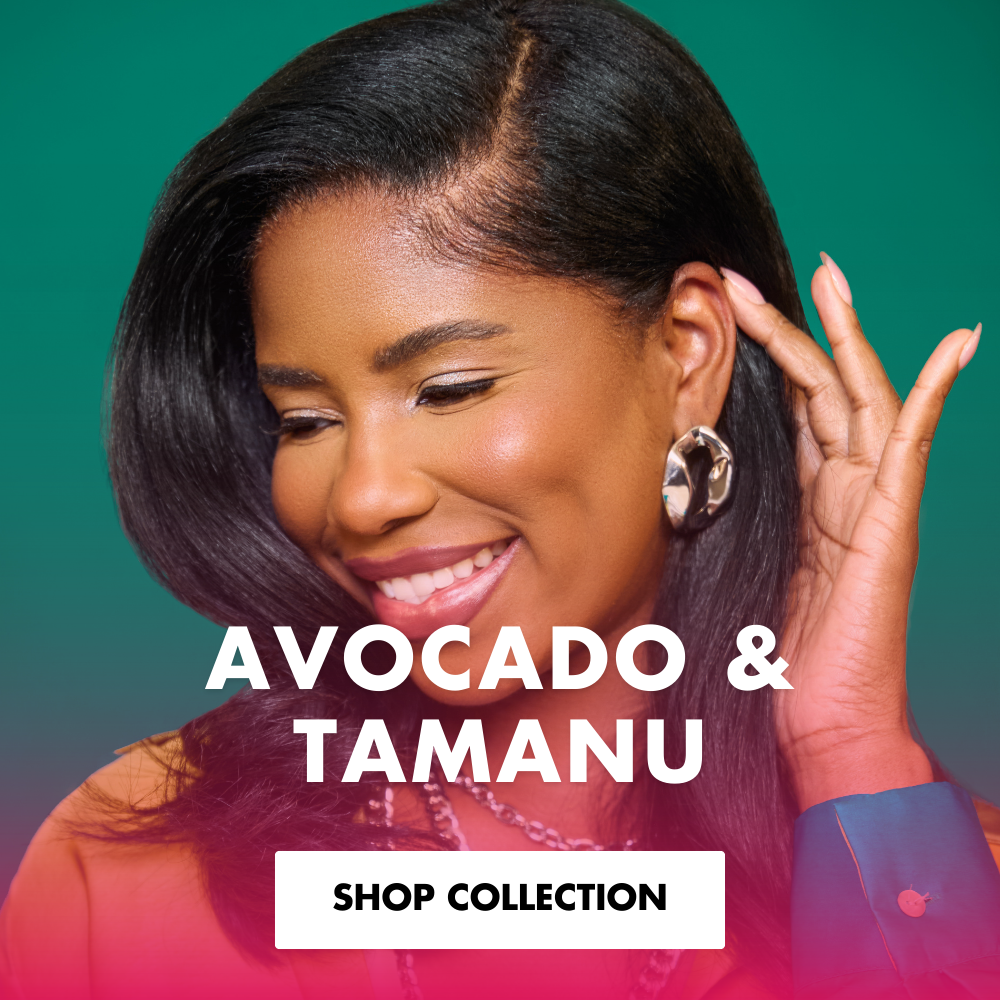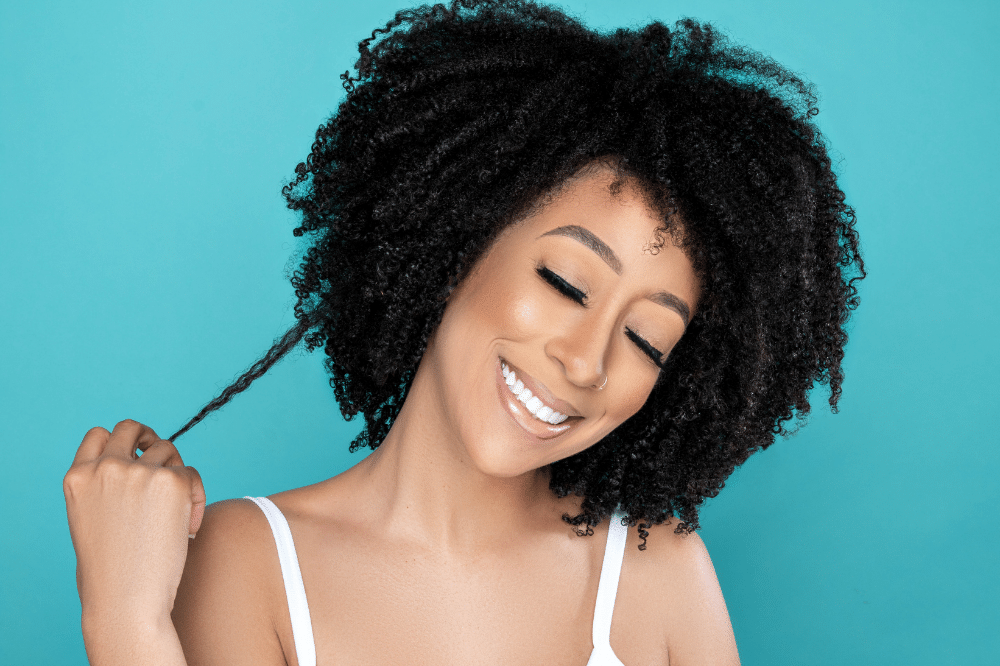Shop
New Arrivals
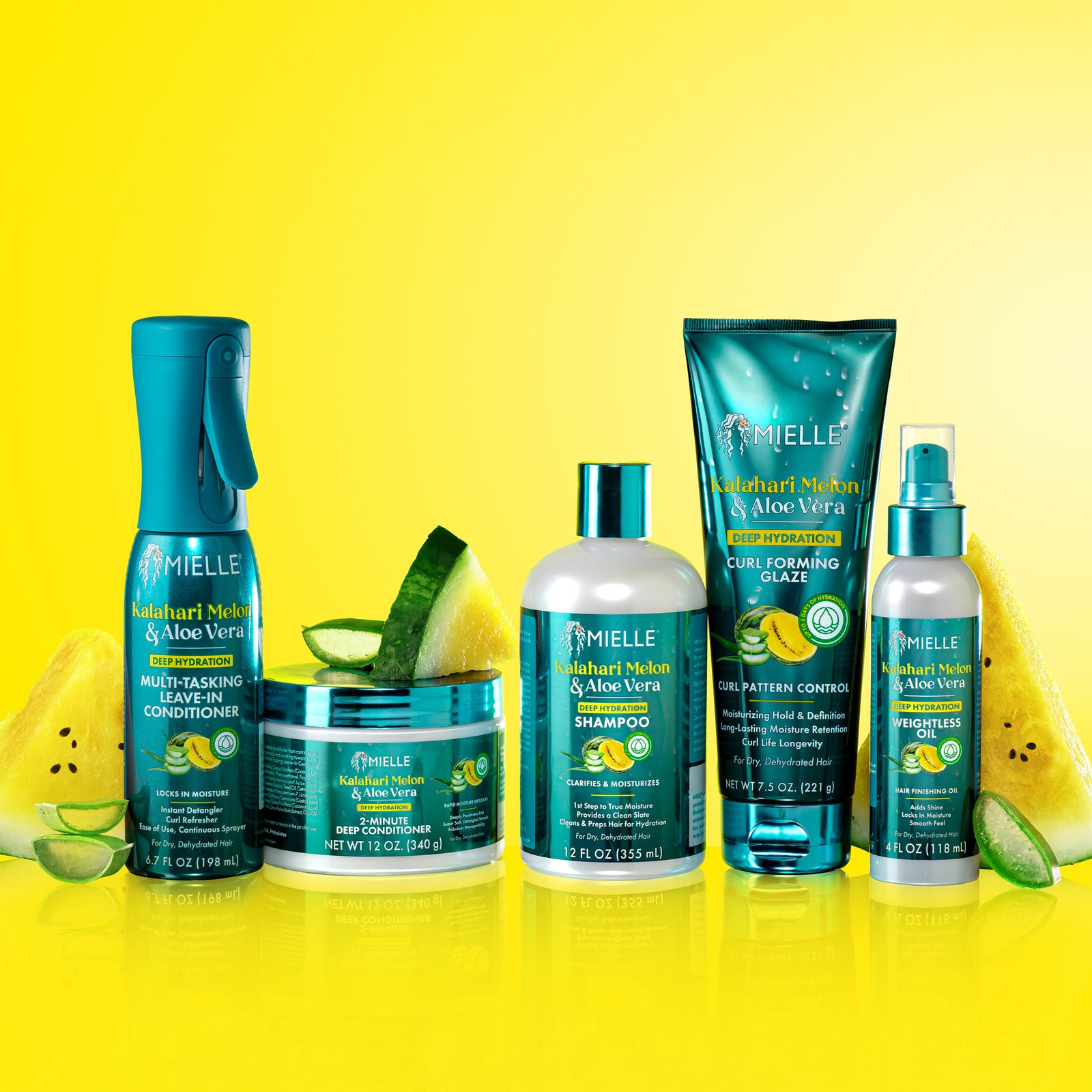
NEW! Kalahari Melon & Aloe Vera Collection
Best Sellers
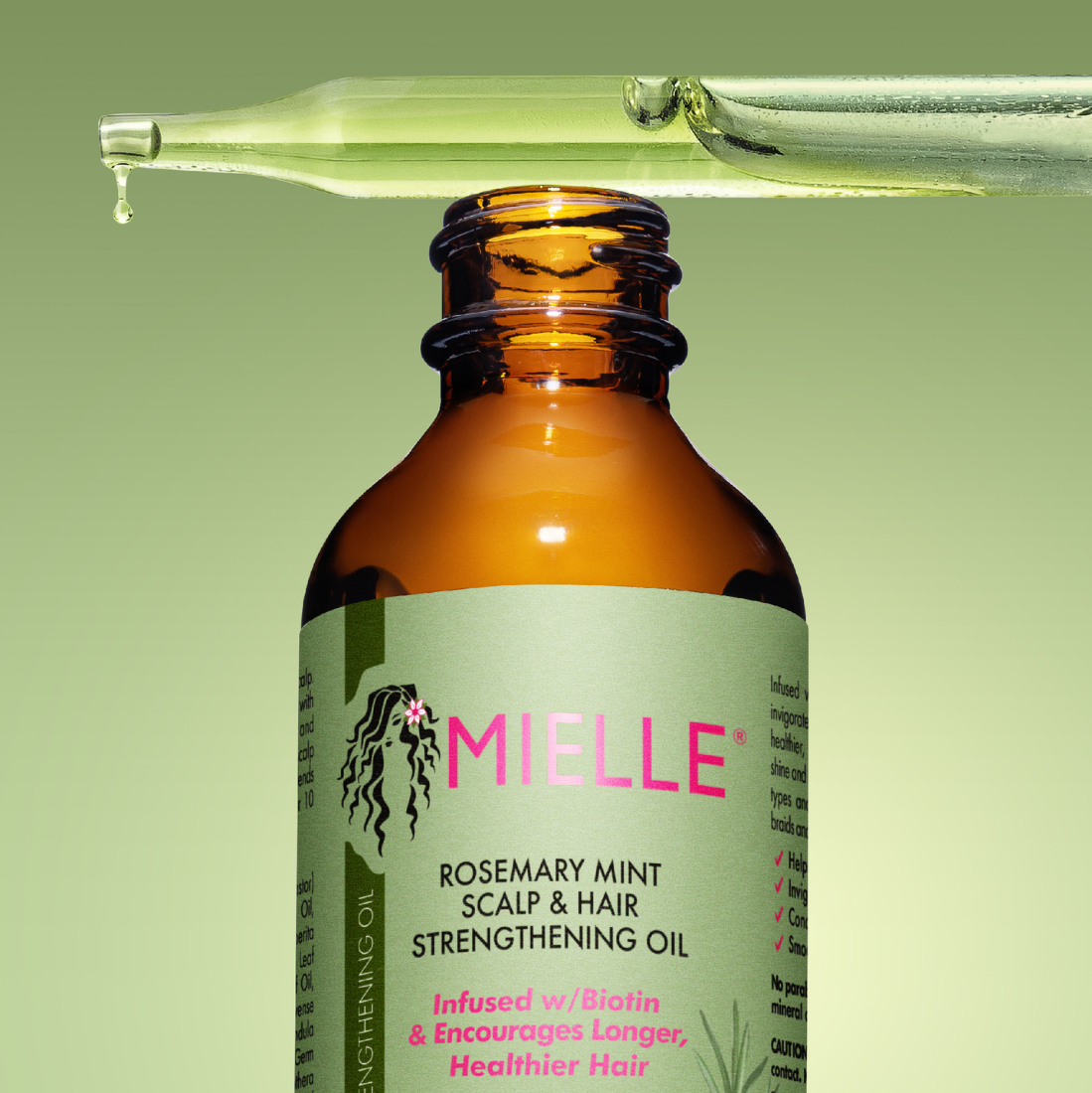
Rosemary Mint Scalp & Hair Oil
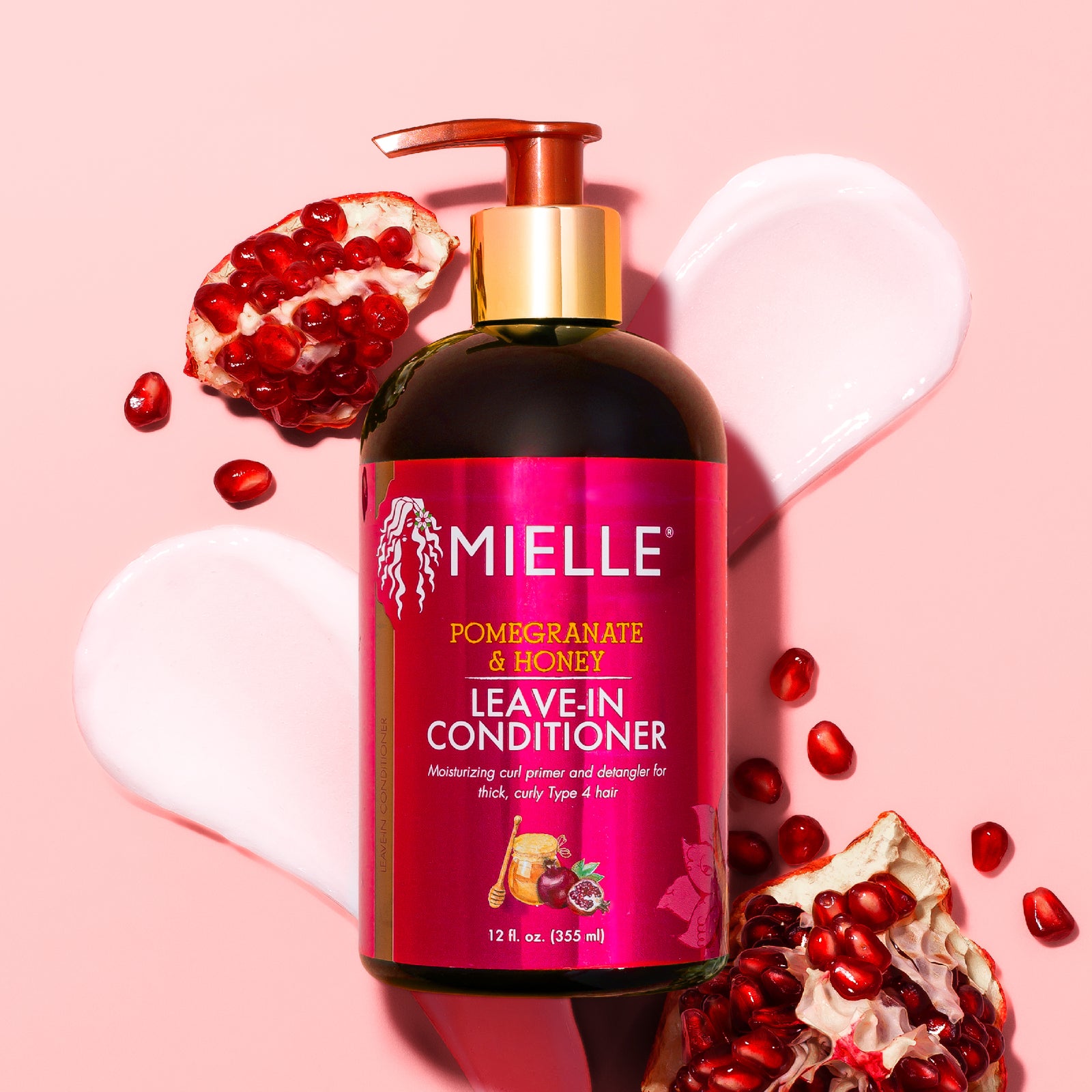
Pomegranate & Honey Leave-In
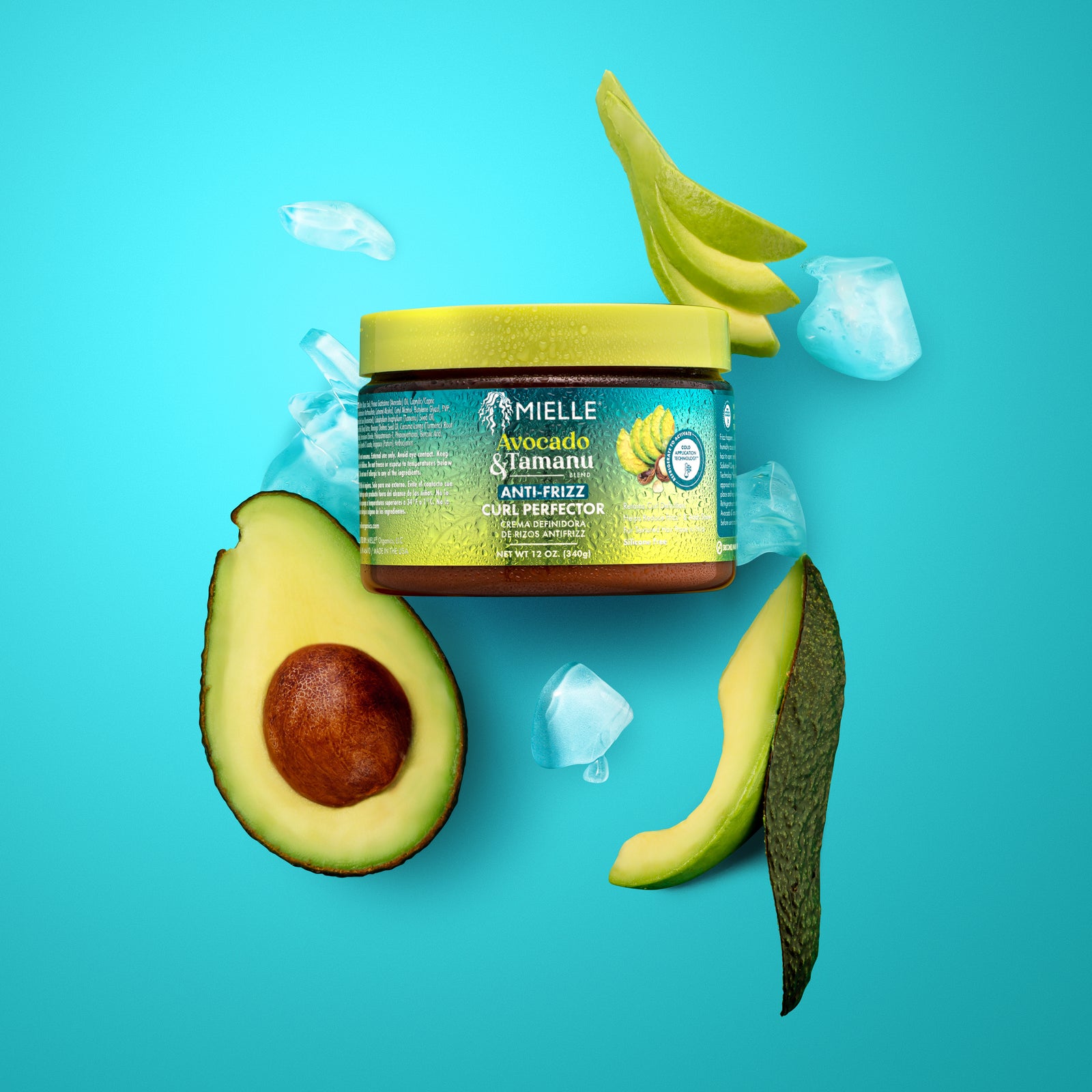
Avocado & Tamanu Curl Perfector
COLLECTIONs
About Us

What Type of Curls Do I Have?
What Kind of Curls Do I Have?
Whether you have tight, kinky hair or big, bouncy curls, your hair is unique to you, and when it’s treated well, your natural texture can become a vital part of your signature look.
If you’re hoping to spend less time wearing your hair in wraps or braids and more time rocking your curly hair type, knowing your specific curl type is the first step. And once you do, the next step is finding the perfect natural hair products that fit your needs.
Are you still wondering what type of curly hair I have?
Hair Stylist Andre Walker debuted a hair classification system with four different types of natural hair (1-4). Amongst those categories, there are several categories of Type 3 hair (curly) and Type 4 hair (coily)—some original to Walker’s system, and some added by the curly community.
In this short guide, we’ll break down the kinds of curly hair in categories 3 and 4 for all the curly girls seeking to better care for their gorgeous hair texture types, so you can finally answer the question “what kind of curls do I have?” with confidence.
What Influences Hair Type?
Before we dive down the rabbit hole into types of curly hair, we want to cover how and why Andre Walker started the trend of categorizing different Black hair types.
Walker believed that the key to fantastic hair was embracing your natural texture and understanding the right products for it. According to his system, hair is either:
- Straight (Type 1)
- Wavy (Type 2)
- Curly (Type 3)
- Kinky (Type 4)
If you have curly hair, you need very different products from best friends, or even your sisters, to accentuate your own natural curl!
What makes curly hair so unique? Each head of curls has a unique texture, density, and porosity. A curly girl with thick, porous hair may need a whole lot more moisture than her friend with thinner hair and looser curls.
Here are a few factors that can affect your hair’s unique needs:
- Hair follicle shape – If you have a round follicle, your hair is likely to be straight. If the follicle is oval or oblong, your hair will be in a curlier pattern.
- Texture – The shape in which each strand grows determines your hair’s texture. While some people’s curls may be the size of jumbo chalk, others have very tight curls that take on a zig-zag or “z” shape. Texture is strongly linked to moisture and shine. It’s much easier for the scalp’s natural oil—also called sebum—to travel down straight hair, just like it’s easier for you to drive down a straight road than a zig-zaggy one.
- Volume – Some textures create more natural volume. Your hair’s density also plays a role in whether your locks defy gravity.
- Shrinkage – Very tight, narrow curls are prone to shrinkage—hair will look much shorter than it is because of the densely coiled pattern. Preventative styles can help you show off your natural length.
As you can guess, a lady with loose curls may crave volume, while her friend with z-curls might need more hydration, since sebum has a long, windy road down to the end of each hair fiber.
Want to put a rest to the question “what is my curl type” once and for all?
Let’s take a closer look.
3a: Loose, Cascading Curls
Gals with 3a curls have shiny, loose curls about the width of jumbo sidewalk chalk.
Because the curl pattern is in an “S” shape, it’s still possible for oil to travel down the length of the hair shaft. This means you may not have to use a deep conditioner as often as your friend with coily hair.
Have you ever been told you could serve as a hair double—like a stunt double, but way more glamorous—for Zendaya, Shakira, or Ella Eyre? You may have type 3a curls.
These bigger curls are loose and often lie close to the head. After a day or two without washing, you’ll likely feel like you need extra volume.
Pro Tip: Try out a dry shampoo to bring some life back into your hair after a few shampoo-free days!
What will nourish your gorgeous locks?
- You’ll need an ultra-hydrating shampoo, such as MIELLE’s Hawaiian shampoo, to ensure you don’t dry out your hair.
- Follow up with an anti-breakage conditioner to lock in moisture.
- Use a curl mousse to maintain volume throughout the day.
- If you’re using a blow dryer, be sure to snap on your diffuser.
- Never brush or comb dry hair (in fact, this goes for just about every curl type).
With a little all-natural TLC, you’ll be able to rock sexy, shiny curls every day.
3b: Springy Ringlets
3b curls are just a bit tighter than their 3a counterparts. These ringlets can range in size from the width of a Sharpie to a bit narrower, and you may even have a variety of different curl types.
Is Solange, Rihanna, or Ilana Glazer your hair twin? Then you might be blessed with type 3b hair.
Voluminous and tightly coiled, 3b hair requires ample moisture, plus products that can help define your gorgeous curl shape.
- Use a nourishing, natural shampoo.
- Reach for extra moisture with a moisturizing hair butter.
- Apply MIELLE’s Hawaiian Ginger Styling Gel to wet hair for added definition.
- Air dry or use a diffuser for a soft, cloud-like look.
Wear your versatile curls down or up in a hair puff when you don’t have time to wash and style!
3c: Corkscrew Curls
While corkscrew curls weren’t included in Walker’s original system, curl enthusiasts worldwide have crowdsourced the definition for this category. These curls are about the width of a pencil.
Ladies with uniformly voluminous, corkscrew-shaped curls will recognize their curly hair type on the heads of Janelle Monae, Kerry Washington, and Yara Shahidi.
3c hair needs a whole lot of moisture to thrive. For best results:
- Wash with a natural shampoo.
- Use a leave-in conditioner for added hydration.
- Add a weekly hair mask to your hair care routine.
- Style with a hydrating curl cream.
Hair of this texture looks great in low-manipulation styles like braids or twists when you need a break from your hair care routine. Just be sure not to leave your hair braided up for more than a week, or you’ll risk breakage.
4a: Coils Galore
With type 4a, we enter the world of coily and kinky hair. Type 4a features close coils the size of crochet needles. When stretched out, you’ll still see the “S-curve” we associated with a ringlet or curl.
Are Skai Jackson and Esperanza Spalding your hair #goals? You may have type 4a curls.
Folks with 4a curls most often have soft, delicate hair fibers that need lots of TLC to avoid breakage and frizz. These curls need fairly frequent washing to maintain a springy bounce. At the same time, moisture is the key to hair-care success.
- A moisturizing, detangling shampoo is a key component of your routine.
- Use a leave-in conditioner to seal in hydration.
- Add a styling gel from our curly hair gel collection to wet hair for added definition.
- Comb your hair in sections to avoid breakage.
- Use the MIELLE curl refreshing spray when you don’t have time to cleanse and condition.
As you likely already know, your hair also looks fantastic in protective twists. A bonus? Wearing twists for a day (or overnight) can enhance your natural curl.
4b: Z-Pattern Curls
In type 4b, curls are so tightly coiled that they resemble a letter “Z” more than an “S.” Besides their unique shape, these curls are very prone to shrinkage—your hair may look 75% shorter than it is!
Wiry and a little delicate, 4B curls need daily help to stay hydrated and supple.
Look to Viola Davis, Willow Smith, and Lauryn Hill for ample inspiration in the many ways you can style your 4b hair using the curly girl method.
For regular care:
- Always use a moisturizing shampoo.
- Consider making leave-in conditioner part of your daily routine.
- Use MIELLE’s Pomade-to-Oil Treatment for added definition and shine.
- Use a hair mask or oil treatment weekly.
A styling tip: bantu knots and twist-outs are your best friends when it comes to protecting your hair and pushing back on shrinkage.
We also recommend sleeping on a silk pillowcase or with a protective head wrap. You’ll fall asleep feeling glamorous and wake up looking like a queen!
4c: Closest Coils
Now moving on, you may be wondering, “what is 4c hair?” 4c is another popular addition to Walker’s original curly categories.
Ladies with 4c hair have tight, Z-shaped coils. Your hair may not clump into curls without some added styling help. This texture is also prone to the most shrinkage and looks similar in texture wet and dry.
Celebrities like Lupita Nyong’o and Uzo Aduba prove that, with proper care, 4c hair provides the widest range of looks available. From bold protective styles to unique natural texture, there are countless ways to wear your strands.
The only trick? Because your hair is fragile and fine, you’ll need to take extra care to hydrate, hydrate, hydrate.
- Apply an oil before conditioning (sometimes called “pre-poo”).
- Use leave-in conditioner and spray-in conditioner as needed.
- Avoid heat styling instruments.
- Use a hair mask every week.
Like your 4b compatriots, you’ll achieve your healthiest hair by sleeping with a silk pillowcase or head wrap and using protective styles to fight shrinkage (and add versatility to your style).
Note: There are many similarities between 4b and 4c hair. Check out our blog for more information on the difference between 4b hair vs 4c!
MIELLE: Natural Hair Care for Natural Curls
When you sport curly hair, chemicals are the enemy. From stripping your tresses of natural oils to potentially damaging sensitive strands, chemical hair products can easily take the shine and bounce of your curls.
MIELLE’s line of organic and all-natural hair care products is specially formulated for curls between 3a and 4c.
If you’re looking to gain strength and retain length, take advantage of our nourishing ingredients and expert knowledge to find the products that are perfect for your unique ‘do.
Related Blogs
We and our partners use cookies and other technologies to improve your experience, measure performance, and tailor marketing. Privacy Policy.
Cookie preferences
You control your data
You can control how your data is used on our website. Learn more below about the cookies we use and choose which cookies work for you.
If you accept all cookies
- Our site may be improved based on your interests
- Your preferences may be stored for when you return
- You may see advertising that's tailored to you
These cookies are required for the site to function and for necessary activities like protecting against fraud.
These cookies help to understand how you interact with the site and what types of content are valuable to you.
These cookies help remember your preferences, like your country or language, to personalize your next visits to the website.
These cookies are used to provide ads on other sites and marketing communications based on your interests.

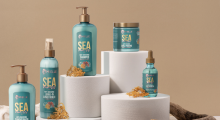 Shop By Category
Shop By Category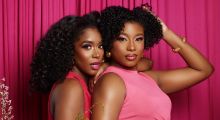 Shop By Hair Texture
Shop By Hair Texture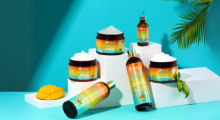 Shop By Collection
Shop By Collection New & Best Sellers
New & Best Sellers Product Safety
Product Safety
 SALE
SALE

